Olive Marie Morales
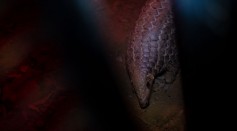
Structural Similarities Between Pangolin Coronavirus and SARS-CoV-2, Discovered
Study Reveals Discoveries About the Martian Moon Phobos
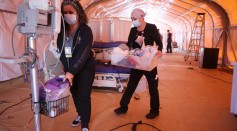
Study Strengthens CDC’s Prediction About UK Variant Rapidly Spreading in the US
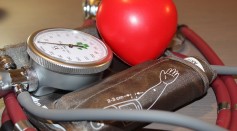
Study Reveals One Factor That Can Predict Stroke, Heart Attack

Why Do We See Colors Even With Eyes Closed?
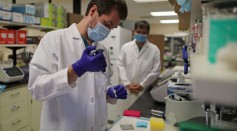
Coronaviruses’ ‘Recombination’ Ability Potentially Adds To Rise of Dangerous Variants
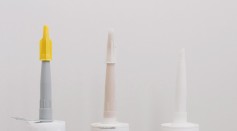
‘Goopy’ New Paste Can Ultimately Unlock Energy Potential of Clean Energy, Study Finds

New Study Suggests Teaching Empathy To Students Significantly Improves Creative Abilities

Study Reveals Massive, Unidentified Hydrocarbon Cycle Hidden in Global Oceans

Researchers Discover Jupiter-Like Exoplanet that has Complex Weather System
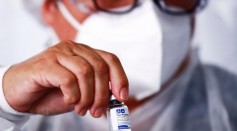
Study to Mix and Match COVID-19 Vaccines Launched in the UK
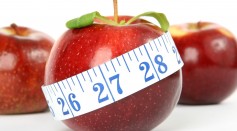
To Diet or Not To Diet: Expert Share 5 Reasons the Regimen is Unsuccessful to Many
Researchers Explore Tsetse Flies’ Reproductive Biology, Provide New Insights Using 3-D Imaging Method
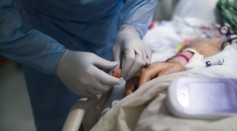
Experts, Clueless Why Some COVID-19 Survivors Develop Diabetes
Most Popular

How Technology Is Changing the Real Estate Industry?

How a Plant-Based Diet Can Protect Against Breast Cancer: Insights from Nutrition Research

Study Reveals High Turnover in Scientific Research Careers: What This Means for Future Scientists

Why It's So Difficult to Lose Weight: The Biological Explanation Behind Obesity





